Which countries pay the least and most for milk?
How prices for the dairy essential stack up globally
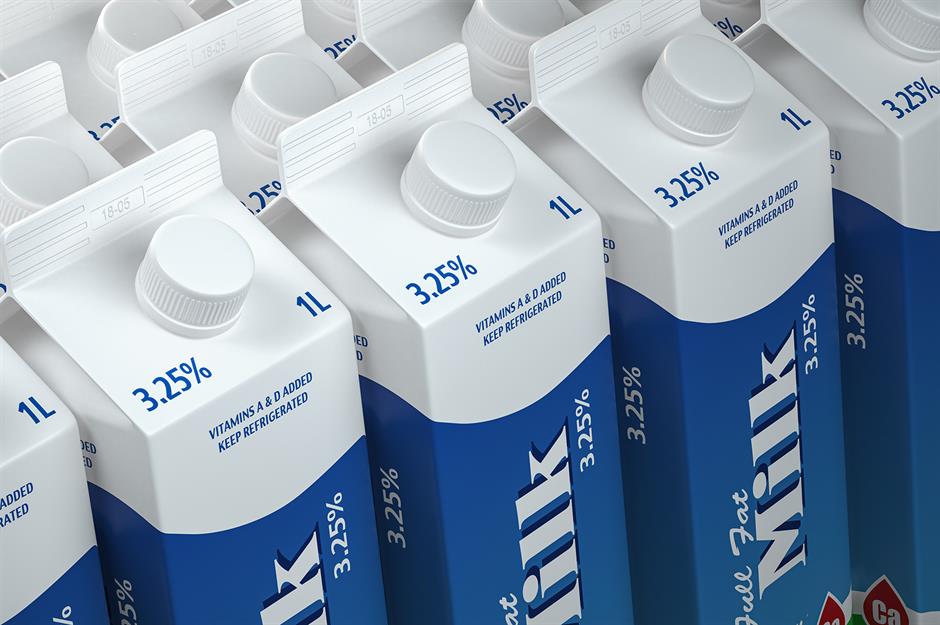
Is your milk habit now a drain on your grocery budget? The staple has become a whole lot more expensive in numerous countries over the past few years. A slew of factors is behind the surge in prices. General inflation has driven up the cost of everything, while increased production expenses, including rising feed, energy and labour outlays, have amplified the economic pressures. Extreme weather and cattle disease outbreaks have further exacerbated the escalation in prices, as have stricter environmental regulations, tightening animal welfare rules and growing demand in developing nations.
Against this backdrop, find out where your country stands and read on to discover the average price for just over a quart (1l) of regular milk in selected nations, based on data collated by cost of living website Numbeo on 25 February 2005.
All dollar amounts in US dollars.
India: $0.69 (£0.55)
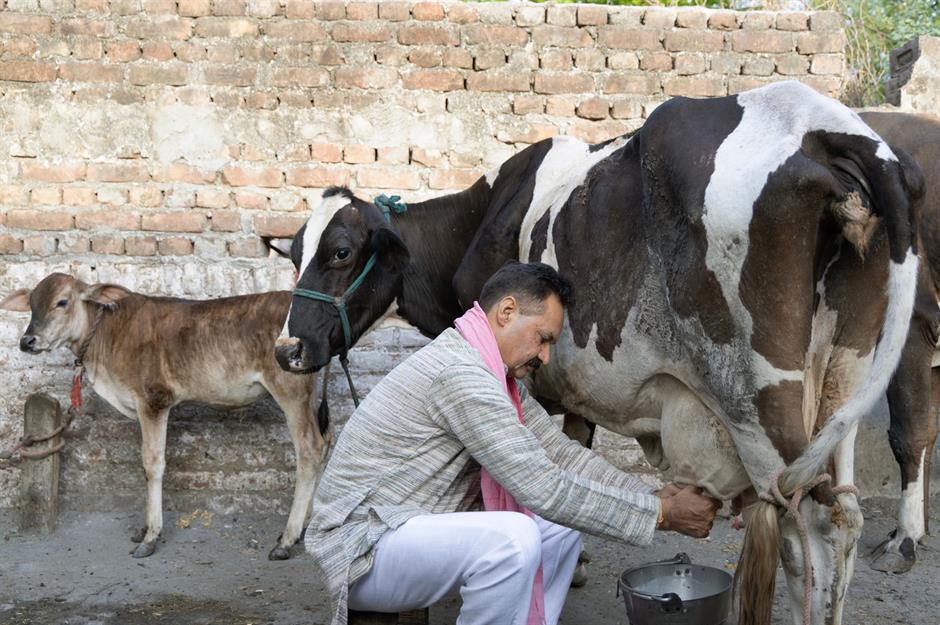
India is the world's leading milk producer, representing around a quarter of the global total. The nation is also the biggest consumer on the planet by a long shot – Indians got through a staggering 89 million metric tonnes (98 million US tons) last year. Buffalo milk, known for its high fat and protein content, is actually the primary milk variety in India, accounting for 32% of total production. Cow's milk isn't far behind though at 30%, with the remainder coming from other animals.
Yields from India's cattle tend to be on the low side, and while the cow is sacred to many Indians, welfare standards can be poor. India also reports the most financial losses from cow diseases, amounting to $12 billion (£9.5bn) a year, though this is to be expected given the nation's status as the number one producer. While retail prices remain low by global standards, they shot up dramatically last year due to rising feed, fuel and other costs, as well as outbreaks of the viral lumpy skin disease.
Egypt: $0.87 (£0.68)
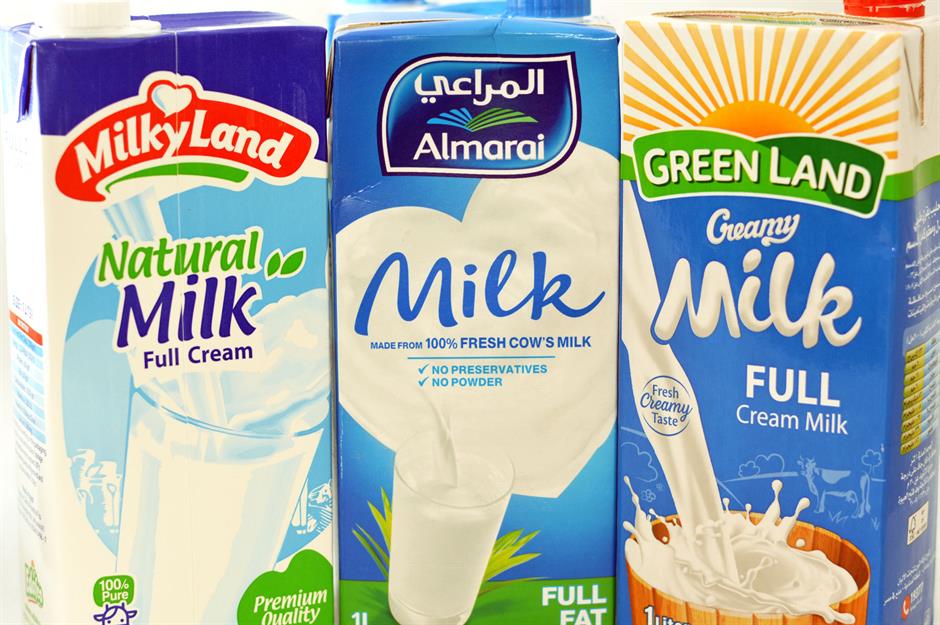
Although its hot climate isn't the best for dairy cattle, Egypt is almost self-sufficient in milk. The price of the staple, however, is becoming increasingly expensive.
The country doesn't have to import large quantities, so the pressure on milk prices hasn't come about as a result of the weak Egyptian pound, which has hammered other essentials like wheat, much of which is shipped in from abroad. Instead, it's the rising cost of fuel and other milk inputs, coupled with super-high general inflation, that have sent milk prices soaring. Even the country's middle class is reportedly cutting back on the dairy essential, never mind the poorest in society.
Türkiye: $0.92 (£0.73)
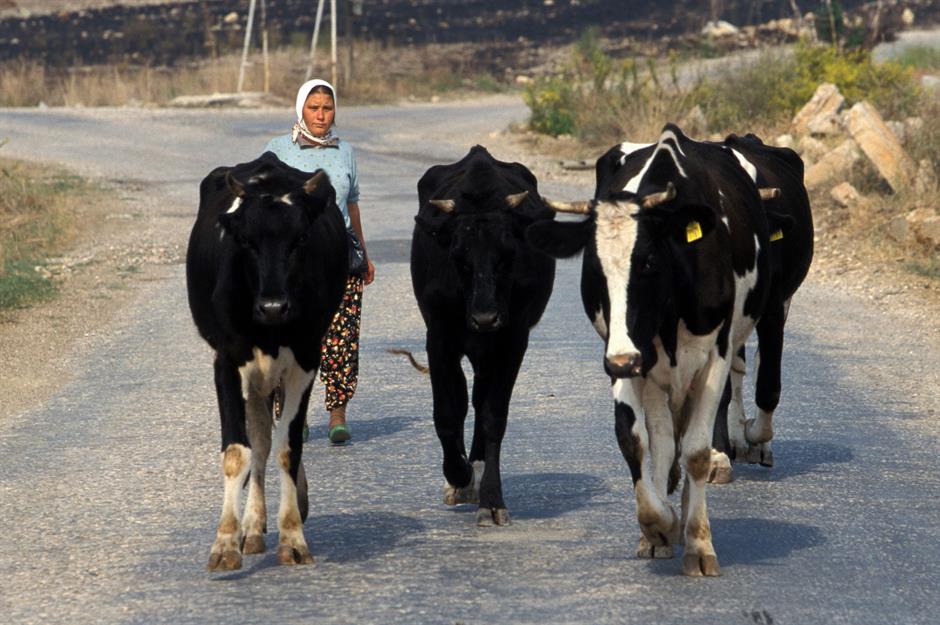
A leading dairy producer, Türkiye not only meets its own milk needs but produces a surplus. This helps keep prices low since the country doesn't rely on imports. Farm subsidies also play a major role, and the price of raw cow's milk is set by the Turkish National Milk Council.
Yet despite government assistance, dairy producers in the country are struggling with mushrooming feed and fuel costs, prompting calls for the council to hike the farmgate price of raw cow's milk.
Brazil: $0.94 (£0.74)
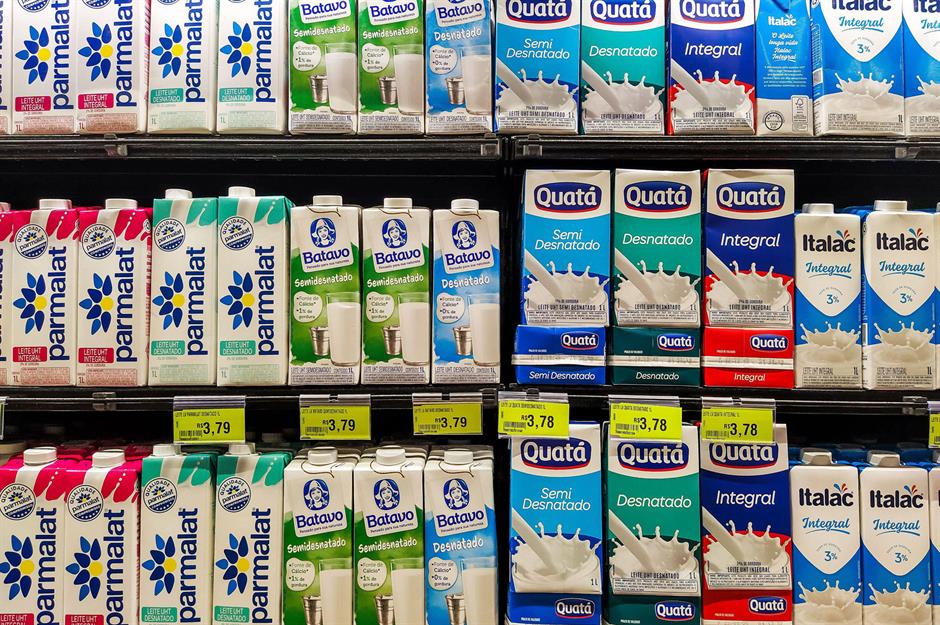
Brazil is largely self-sufficient in dairy, importing only between 1% to 4% of its milk-based products, mainly from neighbouring Uruguay and Argentina. This keeps prices low. However, the cost of dairy spiked last year amid prolonged droughts, which led to an increase in the amount of pricey imports.
As in many countries with hot climates, cheaper UHT milk, which has a much longer shelf life than fresh pasteurised milk, is king in Brazil. Its costs swelled by over 20% in the 12 months to November 2024, but there's good news on the horizon: favourable weather conditions in more recent months have boosted domestic production and reduced dairy imports, which may help to moderate any further price rises. Consumer resistance to jacked-up prices is also proving an influencing factor.
Russia: $0.95 (£0.75)
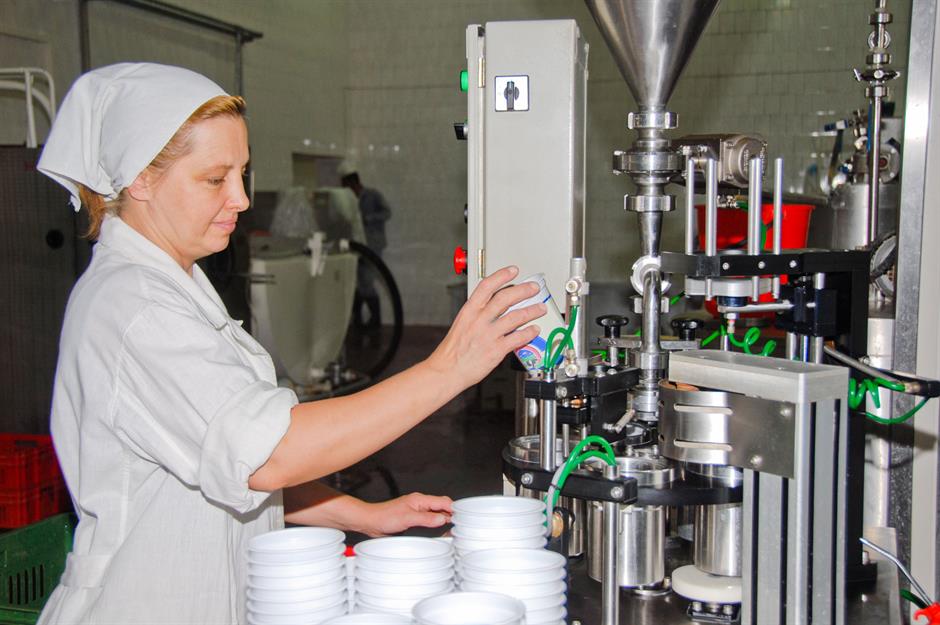
With Russia's rampant spending on the war in Ukraine heating up its economy, inflation has surged in the country and the price of food, including milk, has skyrocketed. And with Russia reliant on milk imports, the weak rouble is only compounding the problem.
The price rises are rattling the country's authorities. Last November, Russia's Prosecutor General Igor Krasnov ordered an investigation into the rapidly rising price of milk, homing in on major producers, including Wimm-Bill-Dann Foods, which is owned by PepsiCo. The US firm is one of the few Western companies that has refused to cease operations in the country.
Poland: $0.99 (£0.78)
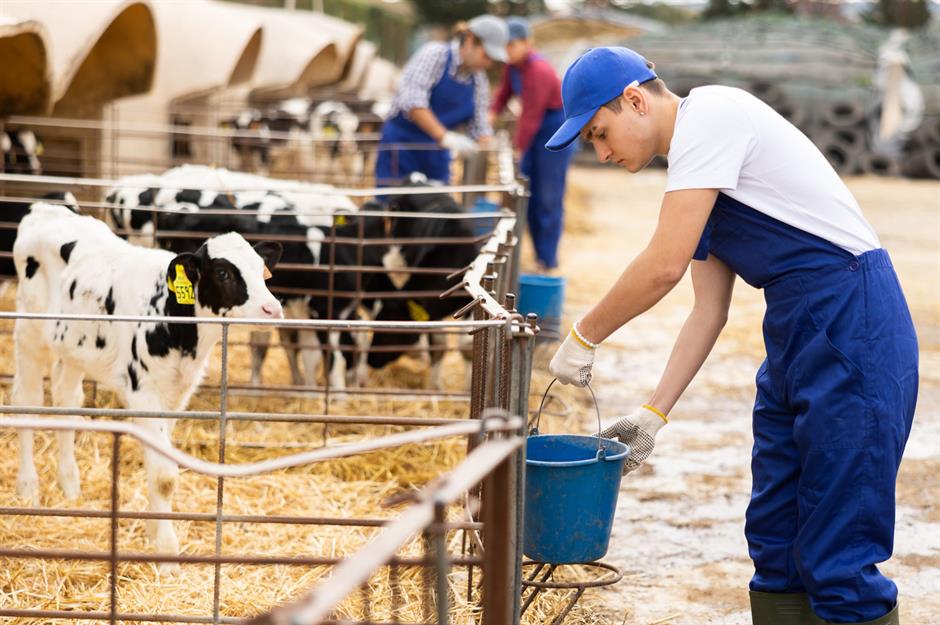
Farmers in the EU are lavished with generous subsidies through the Common Agricultural Policy (CAP), which helps keep prices comparatively low in the bloc. But the cost of milk differs widely from member state to member state.
Poland has the cheapest milk prices in the EU, according to Eurostat, and this is confirmed by the Numbeo data. Plentiful supply is among the reasons for this, as Poland produces more milk than it needs. Plus, input costs are generally lower in the Eastern European nation than in other member states.
USA: $1.05 (£0.83)
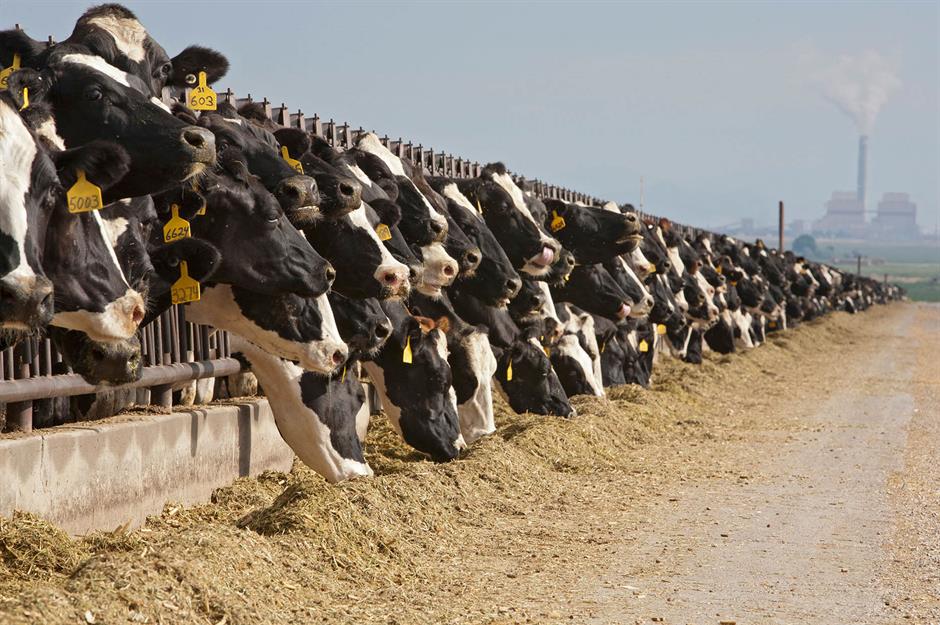
Substantial farm subsidies also keep milk prices highly affordable in the US. America is the world's second-biggest milk producer and its dairy cows are the most productive on the planet. Other factors that keep retail prices low by international standards include strict federal pricing regulations, the nation's highly industrialised dairy sector, which promotes economies of scale, and the US being a major producer of animal feed. On top of this, American retailers often sell milk as a loss leader.
Still, US milk production has actually fallen to record lows as costs outpace income. Despite the subsidies, farmers are having a hard time making a decent living, and rigid federal pricing regulations are only making things worse. Ironically, this is pushing up prices for shoppers, though milk remains surprisingly cheap, unlike eggs and other foods.
South Africa: $1.06 (£0.84)
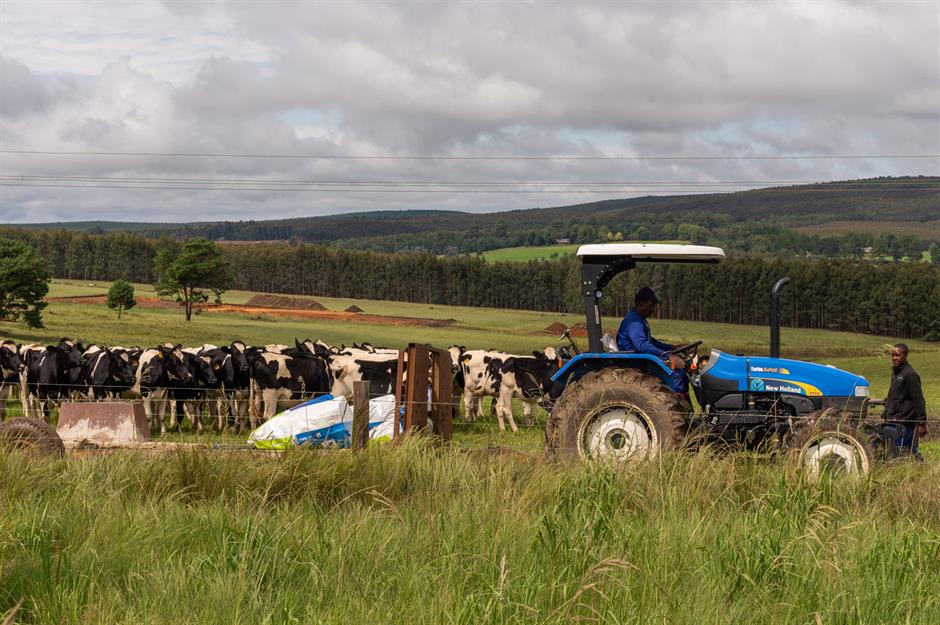
South Africa is pretty much self-sufficient in milk and this ample domestic supply goes a long way towards explaining its relatively cheap prices for the staple, at least from an international perspective. But again, prices have risen considerably over the past few years as a consequence of higher feed, energy and other costs.
The price rises don't bode well for South Africa's dairy industry. With many customers feeling the pinch, demand for milk, cheese and related products has taken a tumble in the Rainbow Nation.
Spain: $1.09 (£0.86)
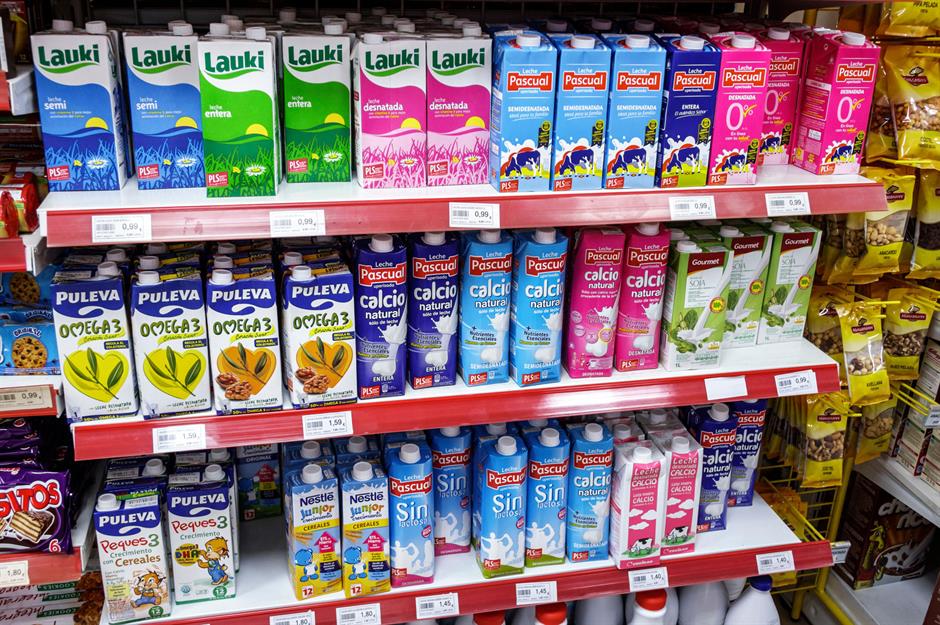
Spain is crying out for new dairy farmers, and with domestic production muted, the country has to import a lot of its milk. But the staple is comparatively cheap in the country and prices actually fell by over 8% in 2024. Domestic supply is largely taken care of by large, efficient farms, while imports, which are mainly sourced from other EU countries, are competitively priced.
UHT rather than fresh pasteurised milk is the go-to in the nation as it is in much of continental Europe. As we've already alluded to, UHT is generally more affordable because it doesn't have to be refrigerated and has a considerably longer shelf-life. Plus, Spanish shoppers tend to opt for cheaper supermarket own-store brands rather than big names.
Germany: $1.15 (£0.91)
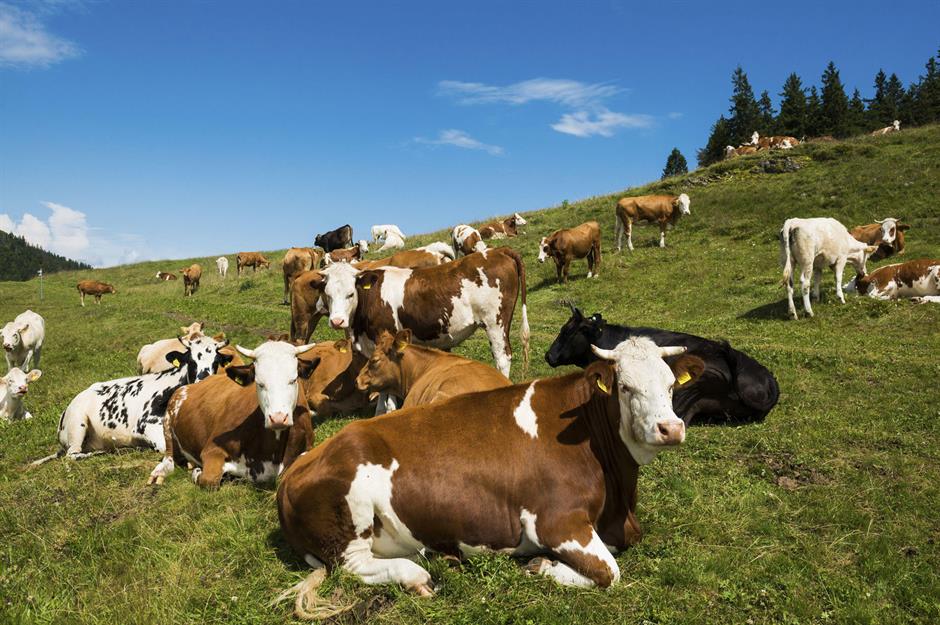
A global milk juggernaut, Germany is the world's top exporter and importer of the dairy product. Milk was cheaper than bottled water in the country around a decade ago following the EU's ending of quotas on milk production and a supermarket price war.
Prices remained mega-low until the post-COVID inflation surge and war in Ukraine pushed up production costs, especially in terms of energy and feed. Bar a dip in 2023, they have stayed historically high. But in EU terms, Germans, who gravitate towards UHT over fresh pasteurised milk though not by as much as Southern Europeans, pay relatively moderate prices for the essential.
Colombia: $1.16 (£0.92)
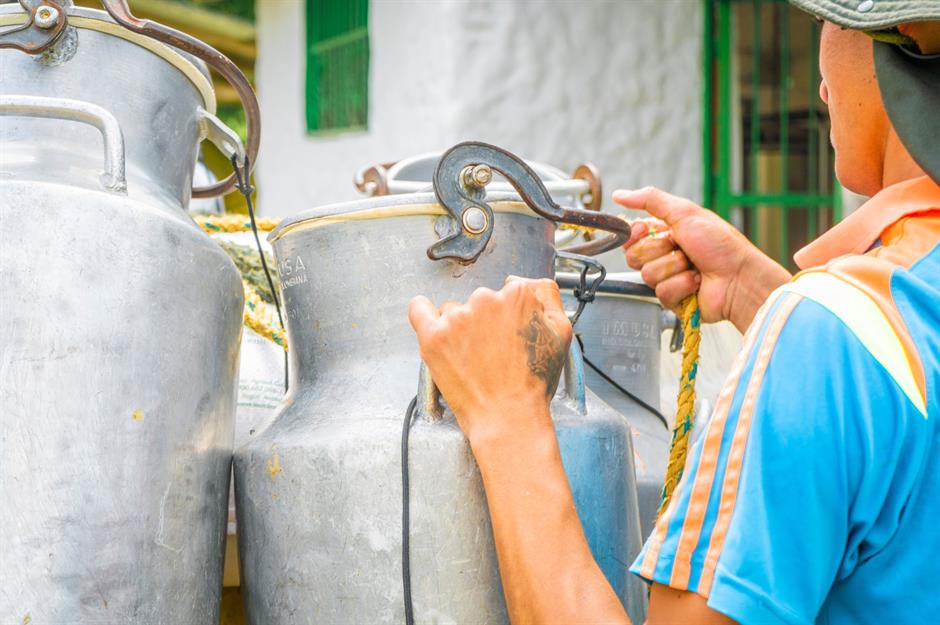
Colombia is the fourth-biggest milk producer in Latin America but the country isn't self-sufficient in the staple and has to import significant quantities.
Colombia's dairy cows aren't the most productive, and in 2023 and 2024 domestic supplies were badly hit by the El Niño climate phenomenon. This, along with post-pandemic inflation and rising costs for farmers, has led to much higher prices in grocery stores, with milk consumption falling in the nation as a result.
Netherlands: $1.16 (£0.92)
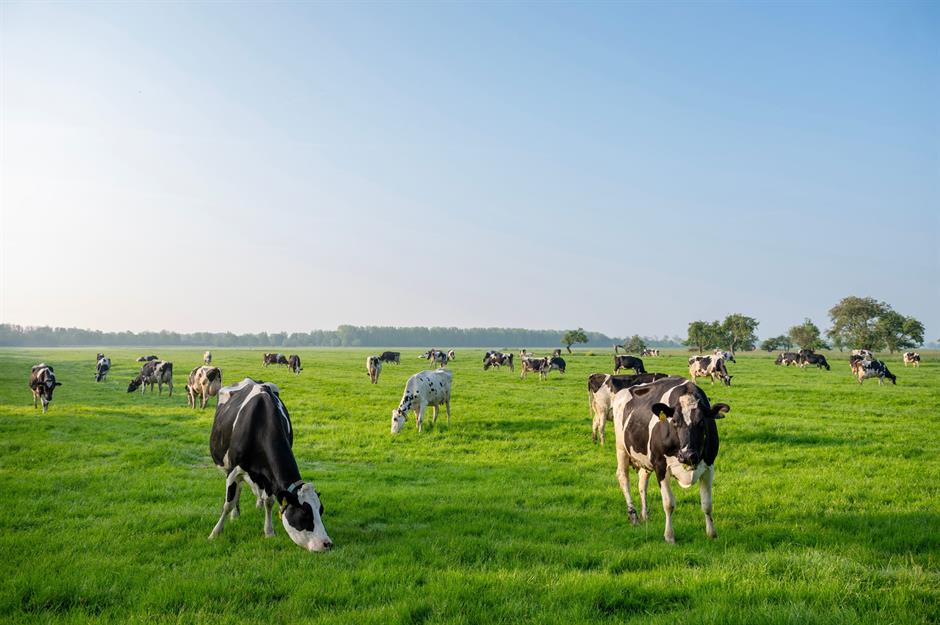
The Netherlands is a leading milk producer and the world's second-biggest exporter after Germany. The Dutch are massive milk consumers, and studies suggest their world-leading average height may be attributed to their high dairy intake. And it's no coincidence Holstein-Friesian, the most popular breed of dairy cow and so-called queen of milk, partly originated in the country, which has long been well-known for its dairy industry.
Prices in the Netherlands, where fresh pasteurised milk is number one, are relatively reasonable but they rose by almost 7% in 2024 due to increased production costs and an outbreak of bluetongue disease.
Chile: $1.18 (£0.93)
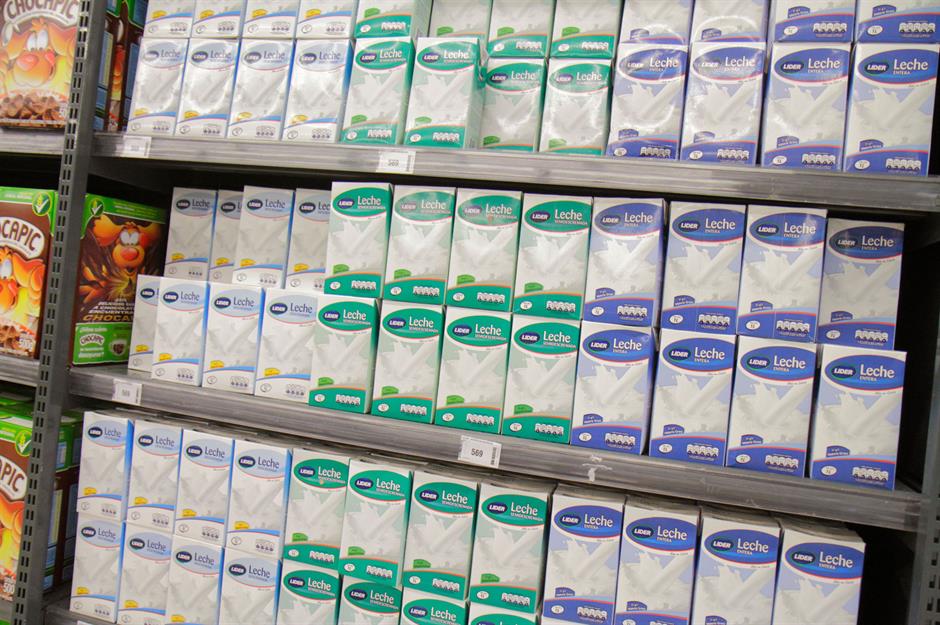
Chile is more or less self-sufficient in milk and no wonder, given its generally temperate climate and extensive pastureland, which are highly suited to dairy farming. And at $1.18 (£0.93) for just over a quart (1l), milk is reasonably priced in the country, though it is cheaper in several other Latin American nations.
But all is not well in the Chilean milk industry. Droughts and higher production costs are squeezing farmers and putting upward pressure on prices. Plus, the sector has been rocked by a major scandal. Leading producer Prolesur has been accused by rival Chilterra of abusing its dominant market position and manipulating prices. The lawsuit has the potential to upend the domestic industry and force companies to change the way they operate.
France: $1.21 (£0.95)
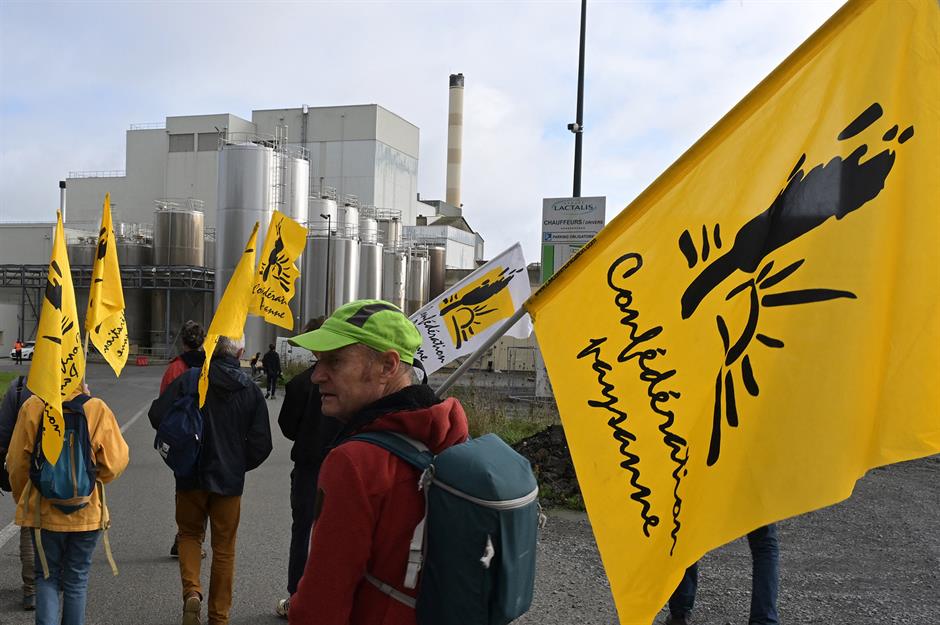
Retailers in France put huge pressure on farmers to keep prices low. But their hard-nosed approach is turning out to be a double-edged sword for dairy workers in the country.
The resulting financial strain is leading to lower production as it prices out many farmers already under pressure from higher input costs, weather issues and diseases like bluetongue. Many of those remaining have taken to the streets to protest. Consequently, France is having to increase its imports of butter. So, while milk prices remain low, butter prices are actually rising since exports are more expensive.
Indonesia: $1.27 (£1.00)
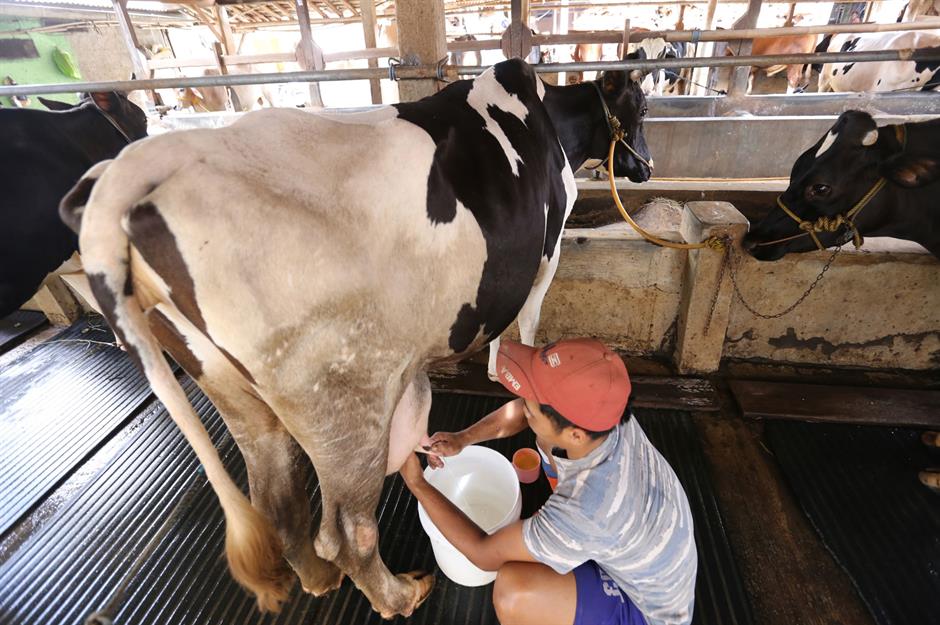
Indonesia's milk production is modest, and its cows have the lowest average yield in this round-up. Because of this, the country imports 80% of its milk supply, mainly from New Zealand and Australia.
Imports from these countries are relatively cheap, plus Indonesia has a free trade agreement with New Zealand and Australia, which also helps keep prices for shoppers low. The downside is that these imports, which are in the form of skimmed milk powder, are pricing out Indonesia's dairy farmers, whose fresh milk is as much as 25% more expensive.
Peru: $1.33 (£1.05)

Peru's dairy industry is expanding to meet rising demand. But it faces significant obstacles, including water scarcity, logistical hurdles and escalating input costs. Inadequate compensation for farmers is a key concern. In 2023 for instance, typical prices paid to producers by homegrown dairy giant Grupo Gloria, which purchases 72% of Peru's fresh milk, failed to cover input expenses.
This threatens the industry's continued growth and could have the unintended consequence of ultimately leading to higher prices for shoppers, undermining the initial goal of affordability.
Argentina: $1.36 (£1.07)
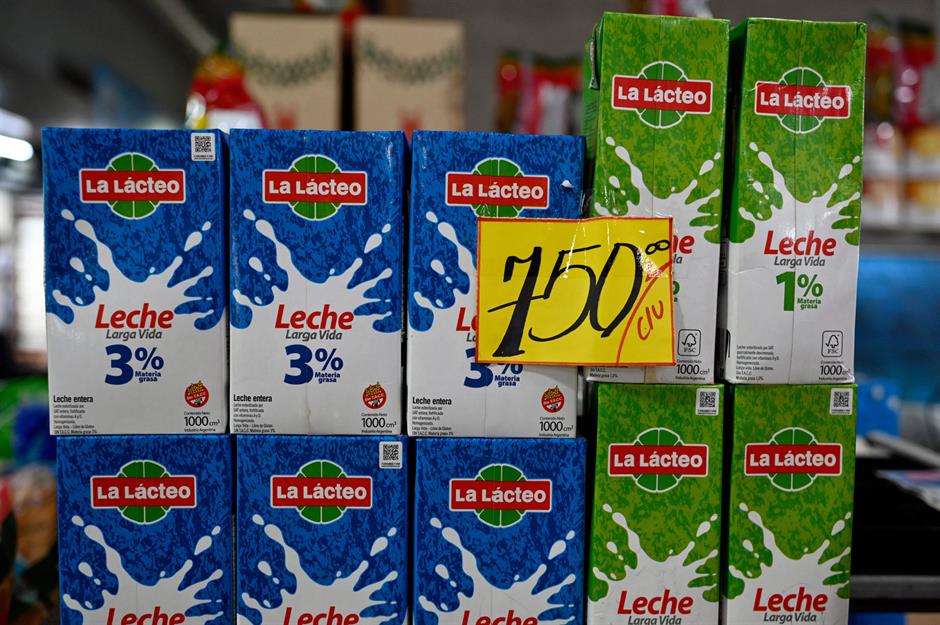
Argentina is the third-biggest milk producer in Latin America, but production has plummeted in the country since 2023 as the nation's farmers tackle elevated costs amid sky-high inflation and severe droughts. With milk scarcer, farmers are, however, garnering higher prices for the dairy product, though in many cases they aren't offsetting the increased costs. And the higher prices paid to farmers are translating to higher prices for shoppers. Milk consumption is down in the country as a consequence.
It's little surprise then that experts have been questioning the sustainability of Argentina's once mighty dairy industry.
Mexico: $1.38 (£1.09)
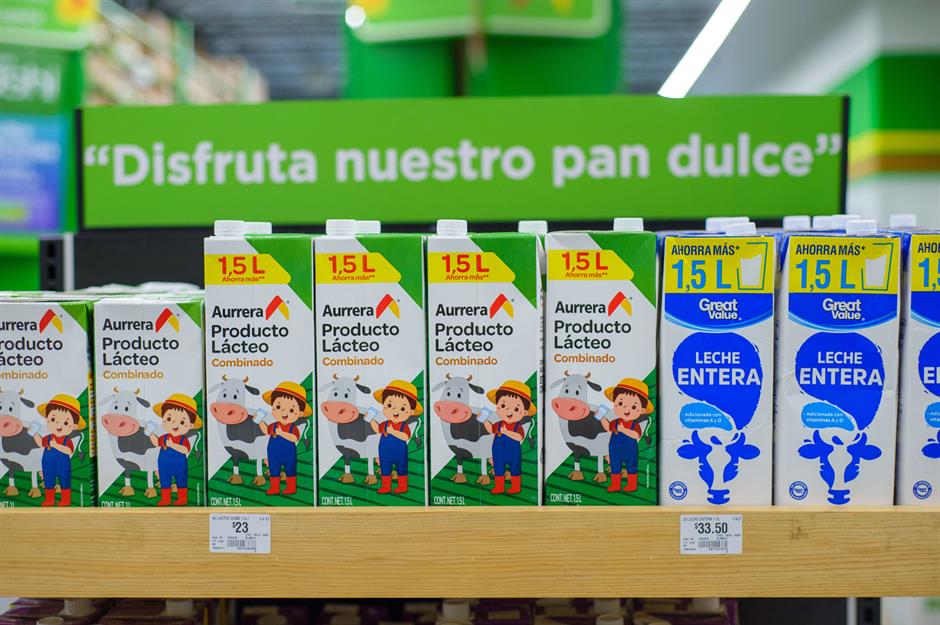
Mexico is the second-biggest milk producer in Latin America but with domestic demand strong, the country also imports vast quantities, mostly in the form of skimmed milk powder, which is mainly sourced from the US.
It's actually cheaper for Mexico to import powdered milk from its northern neighbour than produce it domestically. Regular milk is more expensive in Mexico than in the US for numerous reasons, including lower subsidies, fewer economies of scale and more weather issues such as droughts, prompting many people in the country to opt for budget products made from cheaper imported milk powder.
Ireland: $1.39 (£1.09)
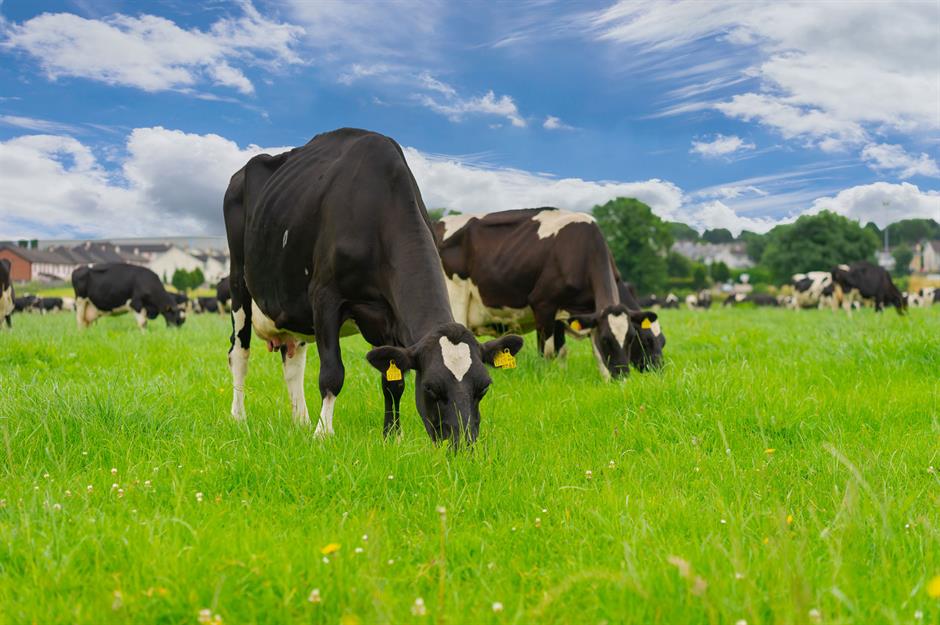
Ireland has the perfect climate for dairy farming and its luscious green grass is arguably the finest in the world for cows to graze on. Add in the country's high environmental and welfare standards and it doesn't take a genius to work on why Irish milk is so highly regarded.
Ireland's per capita milk consumption is among the highest globally, meaning domestic demand is buoyant, particularly for fresh pasteurised milk, but the country also exports large amounts of the dairy product. Still, production has fallen over the past couple of years due to difficult weather conditions and other factors like increasing environmental regulation, putting upward pressure on prices, which increased by over 15% in 2024.
Japan: $1.47 (£1.16)
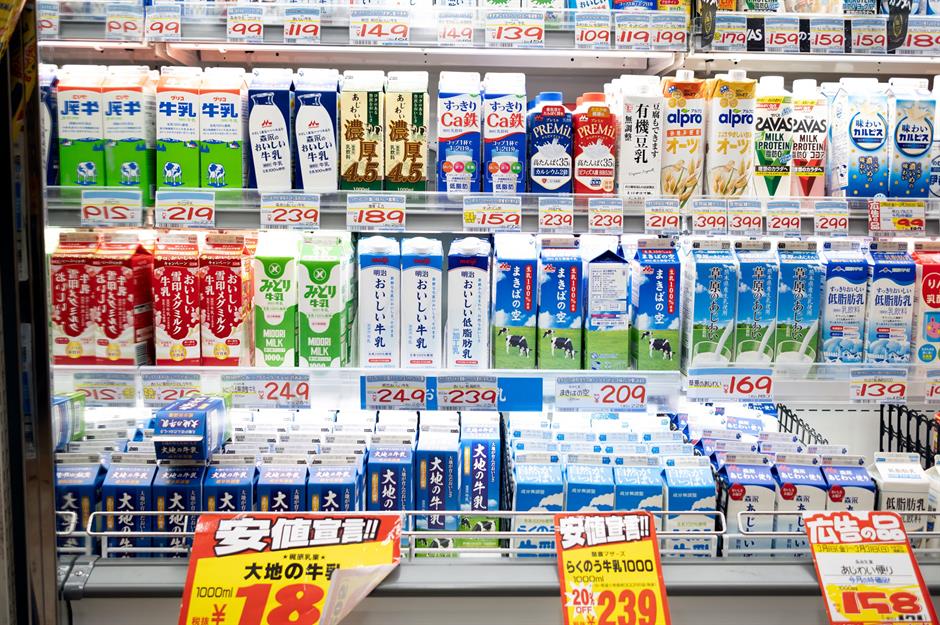
Dairy products are absent in the traditional Japanese diet and an estimated 73% of the nation's population is lactose intolerant. Despite this, milk has grown in popularity in the country in recent years, though per capita consumption remains significantly lower than in Europe and North America.
Japan does have a well-developed dairy industry though, and liquid milk is produced domestically. This help keeps costs comparatively affordable for shoppers, however prices are currently under strain as Japan's dairy farmers contend with mounting costs.
Australia: $1.50 (£1.18)
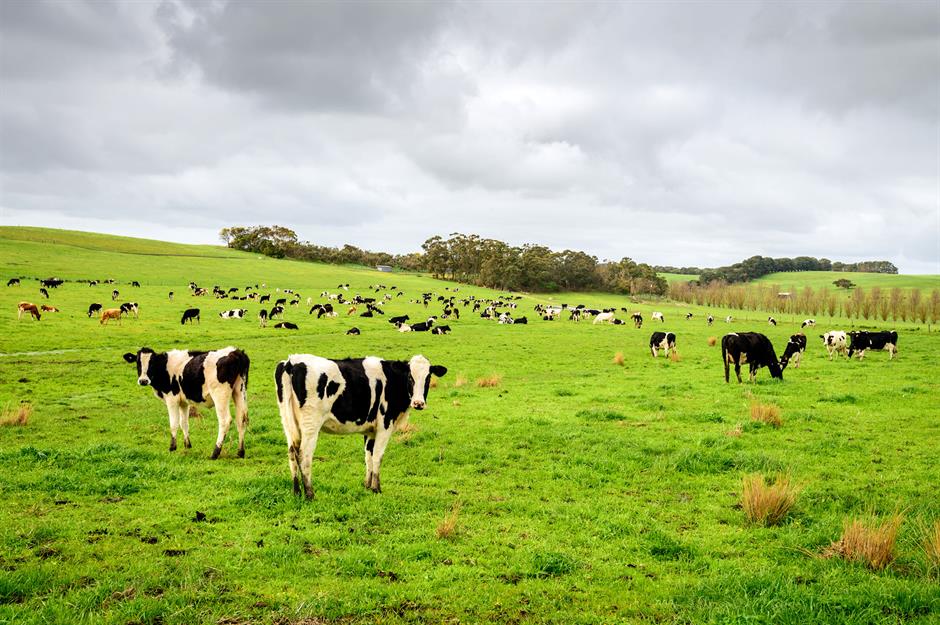
Australia is one of the world's leading milk producers and exporters. But while its dairy farms are notable for being highly efficient, production is on the wane. This, together with escalating input costs, should be translating to rising prices for shoppers. However, a price war of sorts has kicked off between Aussie supermarkets, which sell fresh pasteurised milk as a loss leader, and in October retail prices fell for the first time since 2011.
Needless to say, this is causing consternation among Australia's dairy farmers, who are becoming increasingly concerned about the long-term viability of their businesses.
Italy: $1.52 (£1.20)
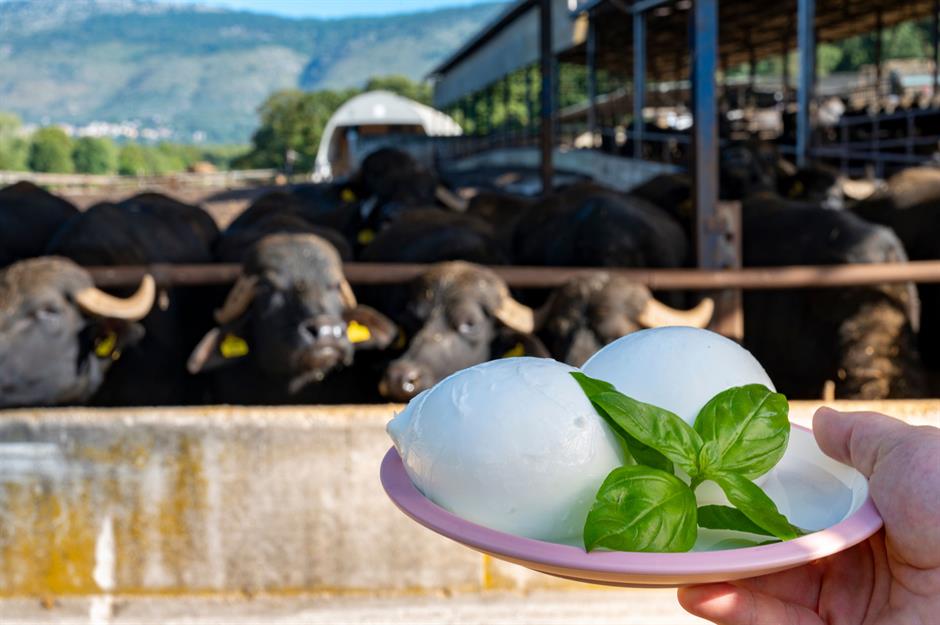
Italy has been almost self-sufficient in dairy since 2015 and the country is a major exporter, though its exports of cheese outpace liquid milk and cream 10-fold.
The country's ample domestic supply ensures retail prices stay on the low side, though prices are lower in several other Southern European countries. A factor that explains why the price of milk is higher in Italy than in Spain, according to Numbeo's data, is Italians' relatively higher consumption of fresh pasteurised milk, despite the widespread popularity of UHT in the country.
Austria: $1.52 (£1.20)
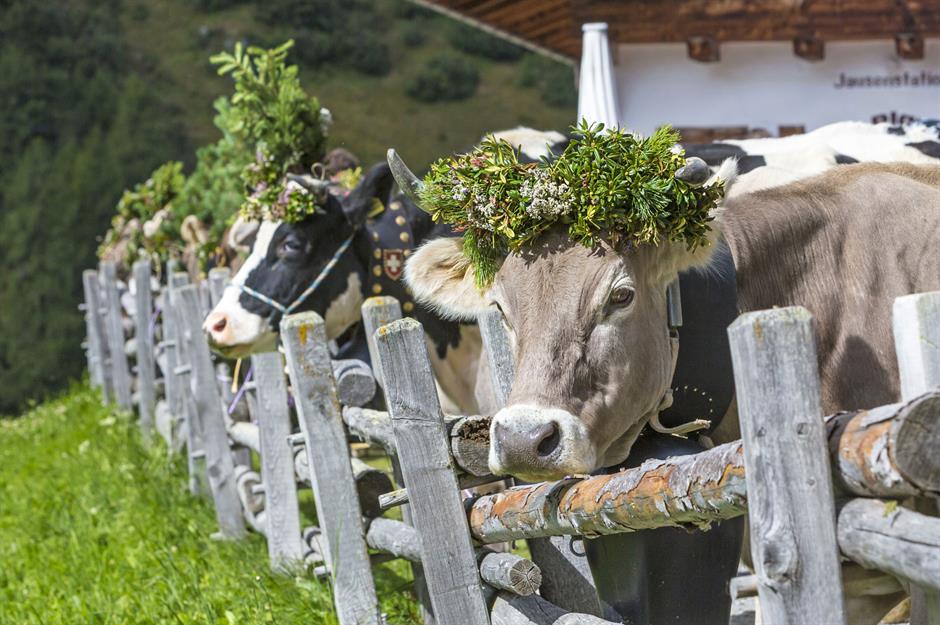
Austria is 177% self-sufficient in milk, producing considerably more than its population consumes. Milk prices declined by almost 4% in the country last year but Austrians continue to pay significantly more for the dairy product than their neighbours in Germany.
This can be attributed to several factors, from higher production costs to less competition among retailers. Plus, fresh pasteurised milk is more popular in Austria than in Germany, which also partly explains why the Numbeo figure is higher given the former tends to be more expensive than UHT.
UK: $1.57 (£1.24)
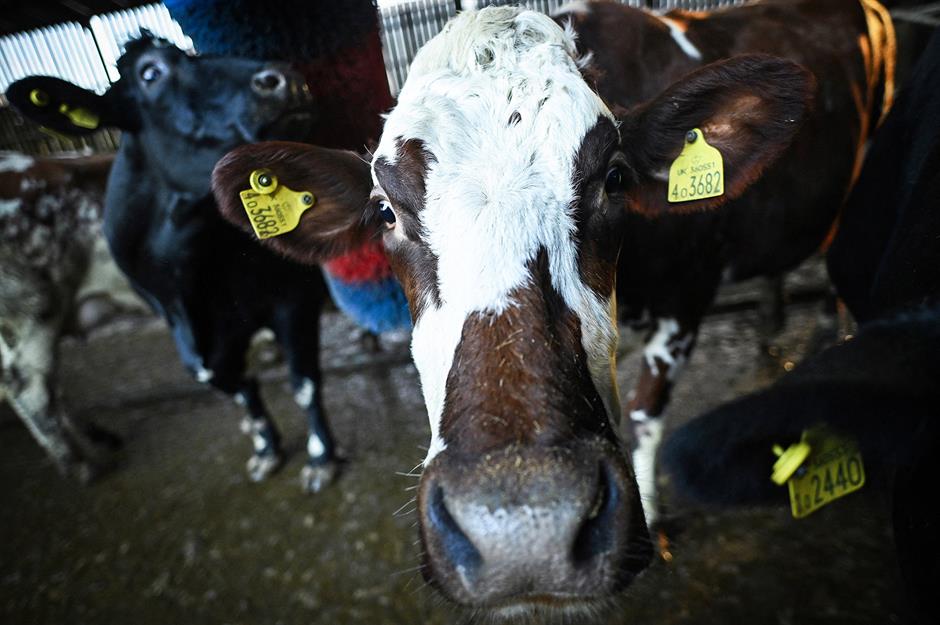
The UK's dairy industry is globally renowned, with milk from the nation's Jersey and Guernsey cows particularly prized. The nation is 105% self-sufficient in milk, so like Austria, it produces more than its population consumes.
Rising production costs pushed up the average farmgate milk price by a hefty 24% last year. However, fresh pasteurised milk, which British shoppers overwhelmingly prefer over UHT, is sold by supermarkets as a loss leader, and the retail price of a four-pint bottle actually fell by 4.4% over the 12 months to late January.
Greece: $1.58 (£1.25)
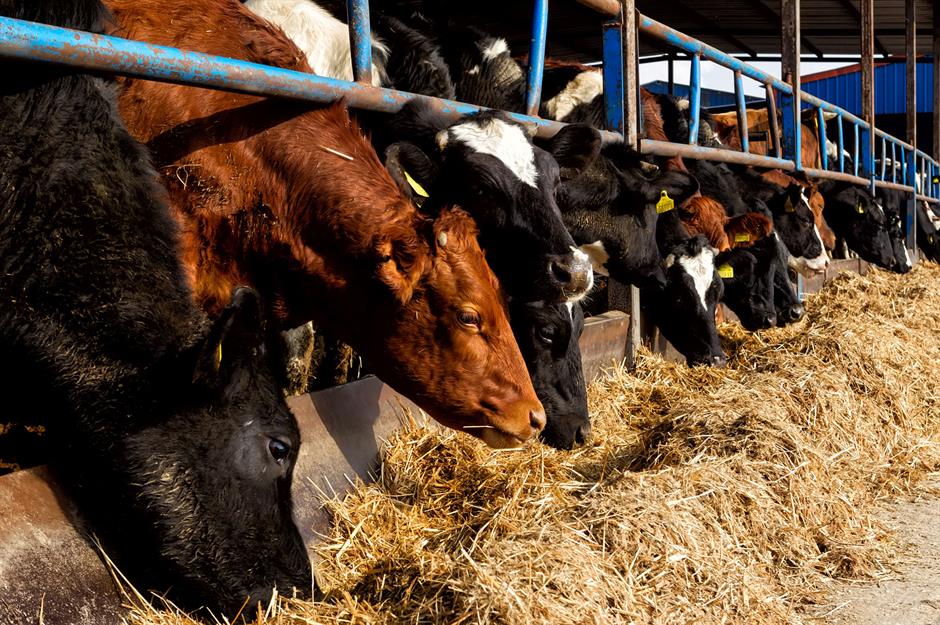
Milk prices in Greece dropped marginally in 2024. Despite this, the retail price for the dairy product is rather high for a Southern European country. This comes down to various factors.
Greece has to import much of the feed it requires, which can be expensive. Dairy farms are on a smaller scale compared to other European countries and are scattered around the nation, which drives up transportation and distribution costs. Also, fresh pasteurised milk is more popular in Greece than in other parts of Southern Europe, so the Numbeo figure probably reflects this preference for the more expensive variety.
Malaysia: $1.72 (£1.36)
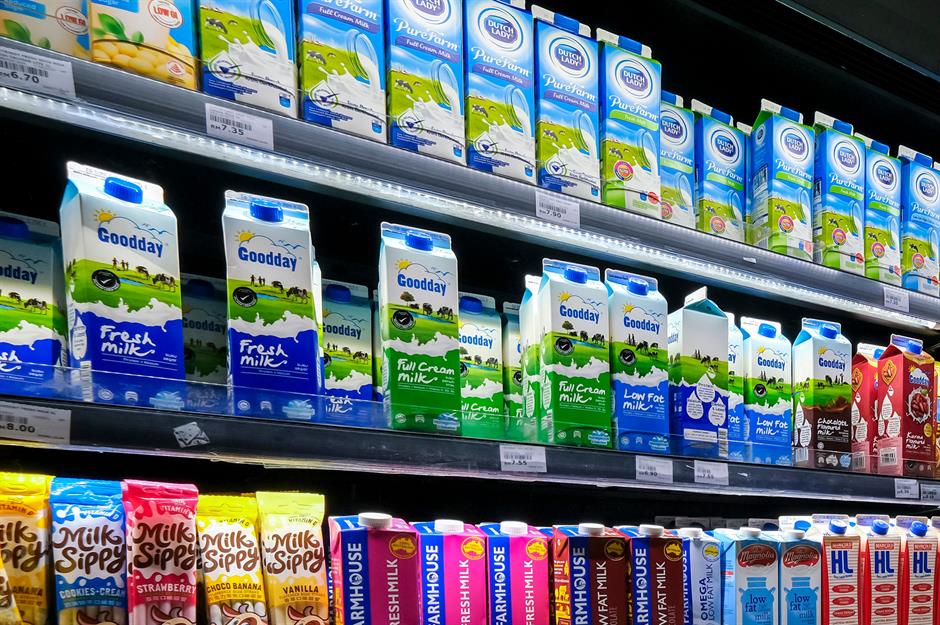
Malaysia's dairy industry is growing, but domestic production is modest, and the country is nowhere near to being self-sufficient in cow's milk. Demand is on the up, but it's important to point out that 87% of Malaysians are lactose-intolerant and milk is almost entirely absent from the country's traditional cuisine. Per capita consumption is, therefore, much lower than it is in Europe and North America. This makes for fewer economies of scale.
Along with the fact Malaysia relies on imports, milk is relatively expensive in the country, especially during periods when the ringgit is weak.
New Zealand: $1.73 (£1.36)
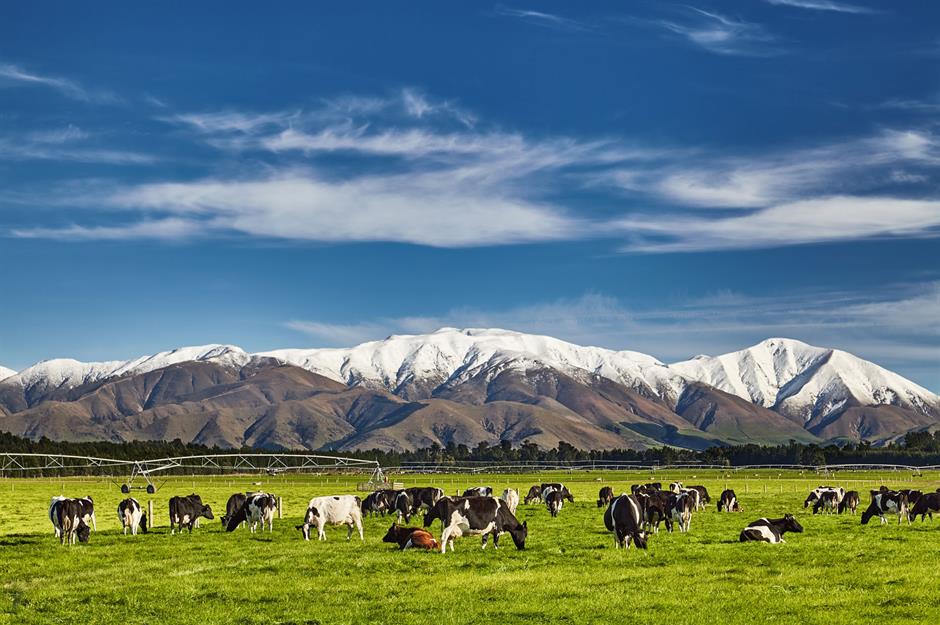
New Zealand's milk industry is a cornerstone of its economy. The nation ranks as the world's third-biggest exporter, with its milk enjoyed in many countries around the globe. New Zealand's mild climate and abundant pasturelands are ideal for dairy production and the nation is considered a low-cost producer. With all things considered, you'd be forgiven for assuming the staple would cost next to nothing for shoppers in the country. But it's surprisingly expensive.
The nation's milk industry is fully deregulated and dairy farmers receive zero subsidies, which pushes up retail prices. This is also the case in Australia but unlike major retailers there, New Zealand's supermarkets don't sell milk as a loss leader.
Philippines: $1.77 (£1.40)
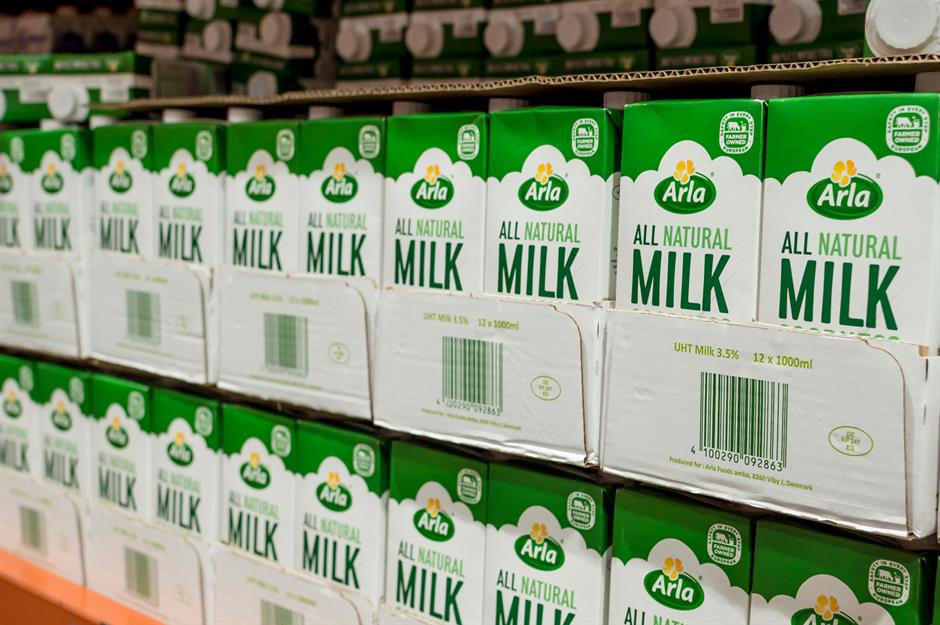
The dairy industry in the Philippines doesn't meet the needs of the country's growing population, and growth is being hampered by climate change and rapid urbanisation, according to the news website Inquirer.net.
Domestic milk is costly to produce because much of the feed has to be imported – the country doesn't produce quality hay and silage. The shortfall in milk production means a lot of milk is shipped in from abroad. Consequently, shoppers face relatively high retail prices for both domestic and imported dairy products, impacting affordability and accessibility for many Filipinos.
China: $1.80 (£1.42)
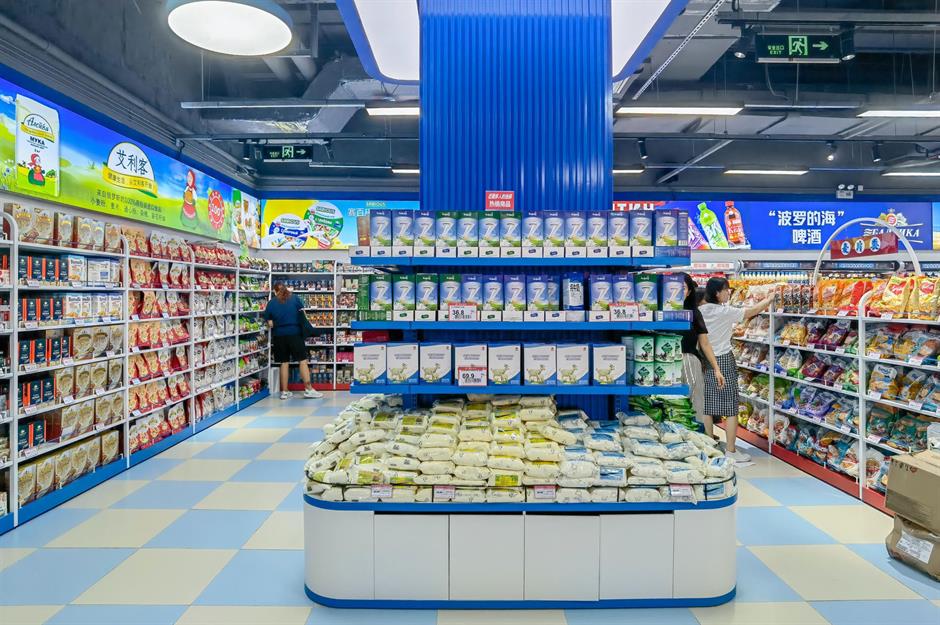
China's love affair with milk has turned sour. Back in 2018, the Chinese government embarked on a major push to popularise dairy products in the country and boost the domestic industry, with a view to improving public health and food security.
Fast-forward to 2025 and Chinese dairy farmers are swimming in surplus milk, and prices, which have long been high by global standards, have slumped. Consumption in China has fallen away for various reasons. They include the high levels of lactose intolerance among the population, the economic crisis, which has impacted purchasing power, and reduced demand for baby milk formula as the country's birth rate has plummeted.
UAE: $1.85 (£1.46)
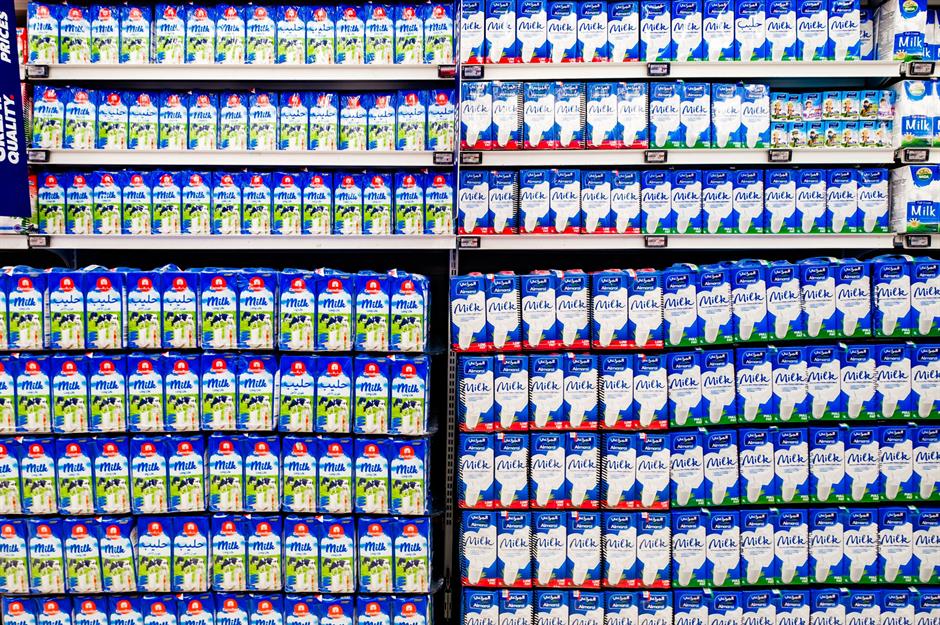
Conversely, the demand for milk is growing in the UAE and against all odds the desert nation has developed a flourishing domestic dairy industry, although it continues to rely on imports. However, given the hot, arid climate and lack of pastureland, producing milk in the UAE is an expensive process. Feed has to be shipped in, while barns and milking facilities have to be climate-controlled. Water bills are also high.
This drives up costs for shoppers. But no doubt much to their relief, the country's government recently banned retailers from increasing prices of basics, including dairy products, without official approval. The measure is being strictly enforced to ensure prices stay relatively affordable.
Switzerland: $1.98 (£1.56)

Swiss milk is highly esteemed, and the country is a major exporter of dairy products. But raising dairy cattle doesn't come cheap in Switzerland. Exceptional welfare and environmental standards, along with high labour and land costs, contribute to elevated production expenses. But while retail milk prices are high from a global standpoint, they are relatively moderate within the context of Switzerland's overall steep cost of living.
As a result, Swiss dairy farmers are having a challenging time making their businesses profitable. For this reason, producers are calling for an increase in the farmgate price. If this comes to pass, the retail price of milk in Switzerland will almost certainly rise in the coming months.
Norway: $2.06 (£1.63)
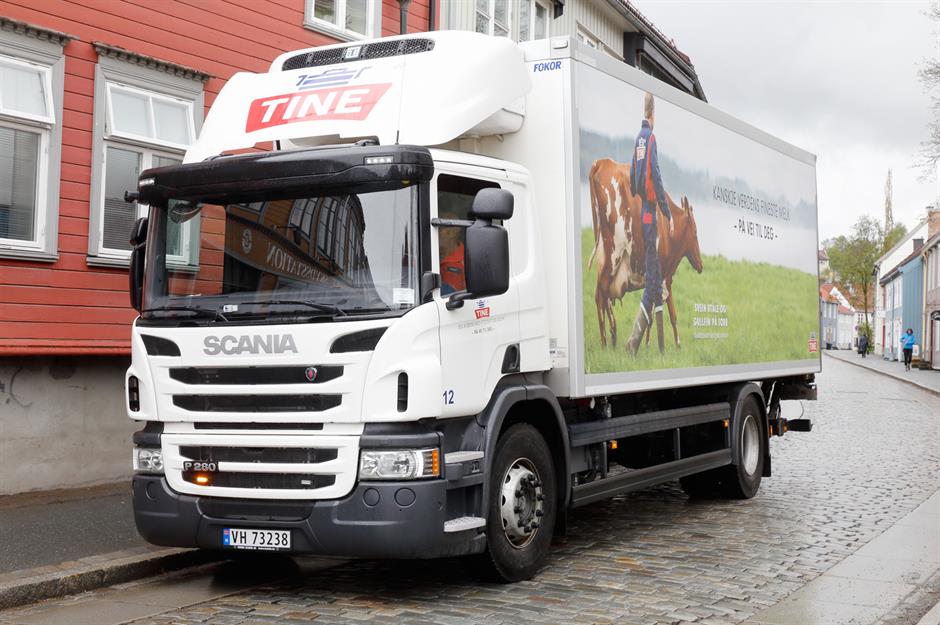
Norway is a great place to be a dairy farmer. But for people who want cheap milk? Not so much. The Norwegian dairy industry, which is dominated by the powerful Tine cooperative, enjoys strong government support and generous subsidies. Foreign competitors are largely locked out of the domestic market and production quotas are in place, which are vigorously enforced.
This ensures consistently high prices for producers but also means shoppers pay a relative premium.
Canada: $2.17 (£1.71)
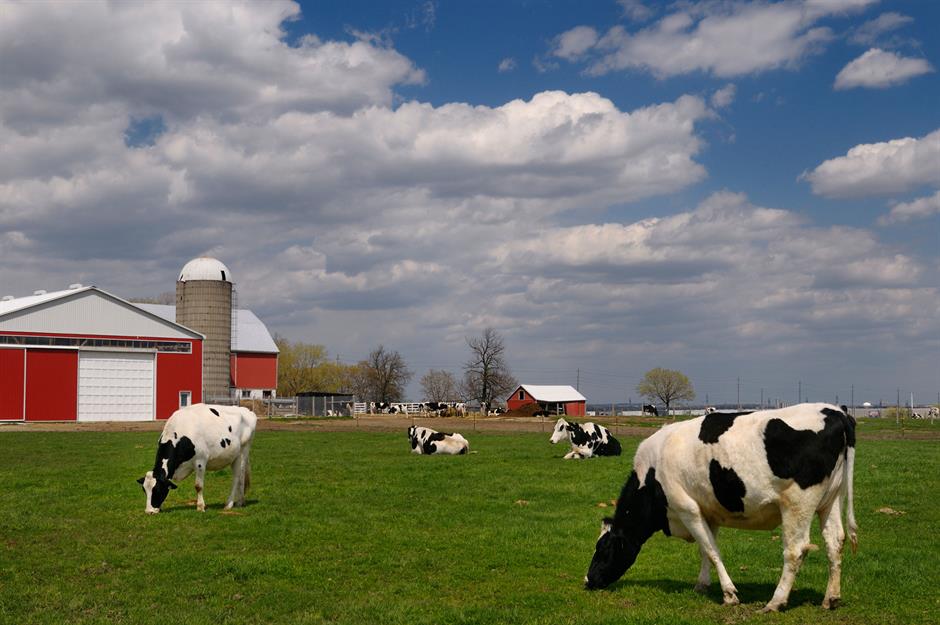
Canada produces more milk than it consumes, yet retail prices are high by global standards and significantly steeper than in the US. Unlike America, which heavily subsidises its dairy industry, Canada uses a supply management system to ensure stable incomes for dairy farmers. This system employs strict production quotas to maintain high prices. However, it can lead to substantial waste during periods of oversupply.
Other factors that make milk more expensive in Canada include the proliferation of smaller, family-owned farms, along with higher welfare and environmental standards. Plus, unlike American cows, cattle in Canada are free from growth hormones and antibiotics.
Singapore: $2.80 (£2.21)
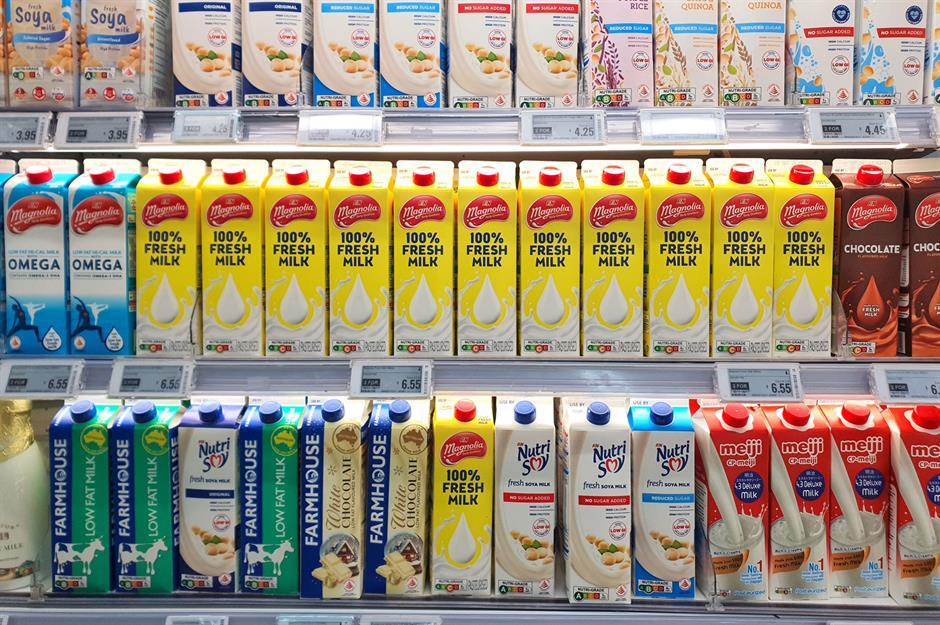
Singapore's domestic dairy industry is almost non-existent since the city-state is highly urbanised and lacks agricultural land and resources. This necessitates a near complete reliance on expensive imported dairy products to meet the nation's consumption needs.
Factor in the country's generally high cost of living and the retail markups required to sustain operations, and it's clear why milk in Singapore commands a premium price.
Barbados: $3.53 (£2.80)
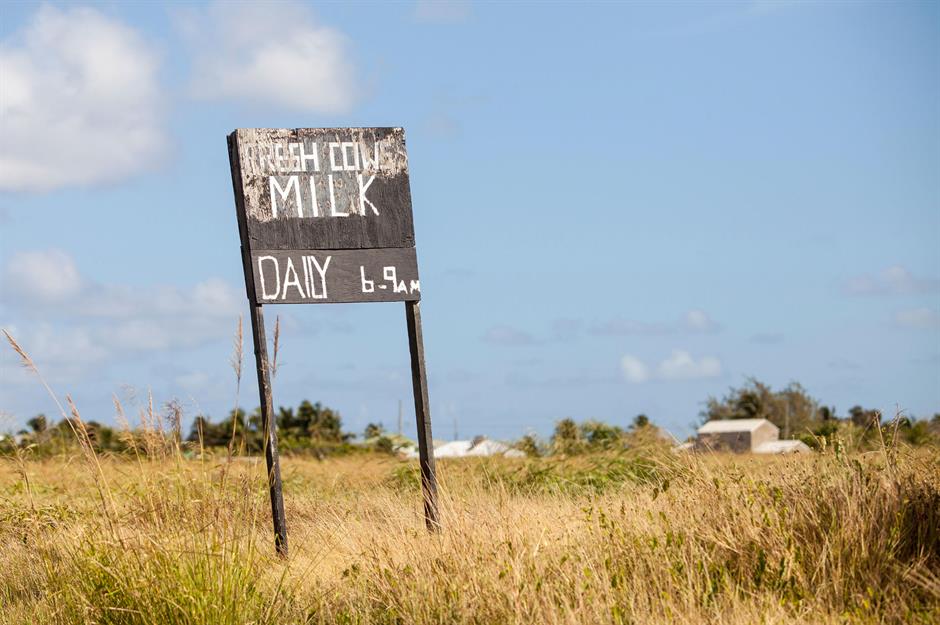
Barbados is in the midst of a severe milk supply crisis, with shortages of fresh and evaporated milk rife. Extremely hot weather in the Caribbean country last year resulted in lower yields from its modest number of domestic cows. Imports, which are costly, have had to be increased but supply-chain issues are severely restricting volumes, compounding the existing shortages and driving up prices for shoppers.
In December, Barbados shipped in 180 pregnant heifers from Canada in an effort to boost domestic production. But the shortages persist and milk prices remain eye-wateringly high, especially when local purchasing power is considered.
Guyana: $3.56 (£2.81)
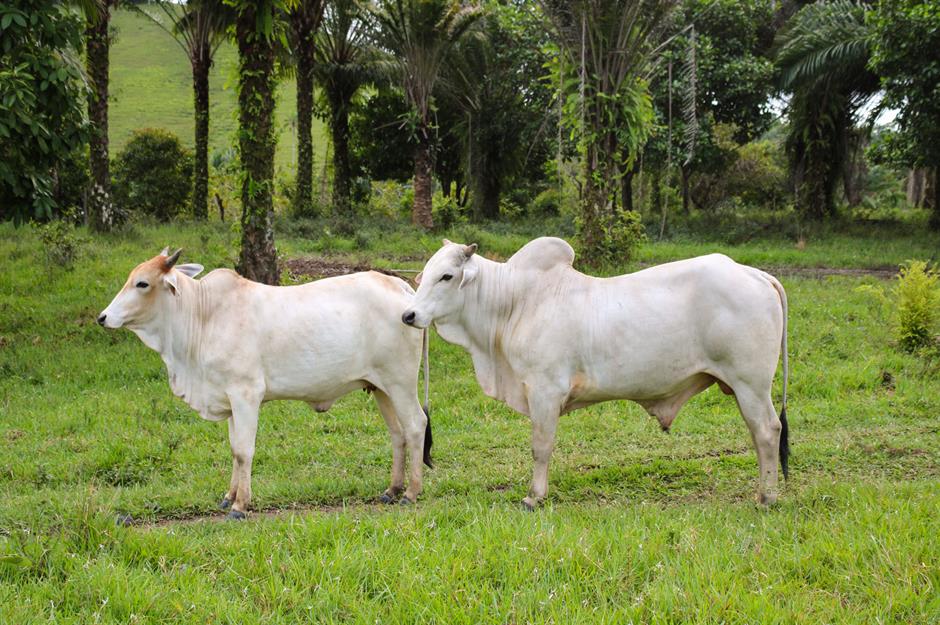
Guyana's oil bonanza is making the country rich in many respects. But the influx of money into the economy has sent prices of groceries and other basics soaring, sparking an intense cost of living crisis.
Milk has been especially affected. The country's dairy industry can't keep up with demand, so Guyana is dependent on expensive milk imports, which are subject to large retail markups. On the bright side, the Guyanese government, which is flush with cash, recently approved a new $3 billion (£2.4bn) state-of-the-art dairy farm and milk processing facility, as reported by local newspaper Kaiteur News. The project should help the country reduce its reliance on imports in a major way and lower prices for shoppers.
Now discover which countries pay the most and least for bread
Comments
Be the first to comment
Do you want to comment on this article? You need to be signed in for this feature